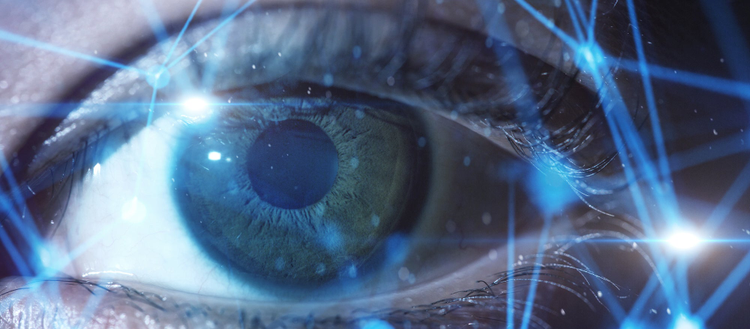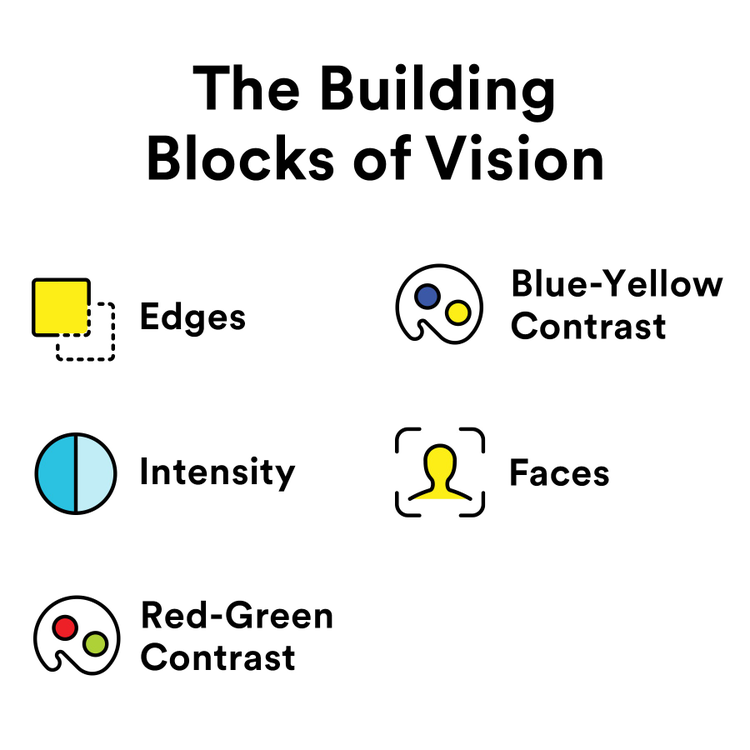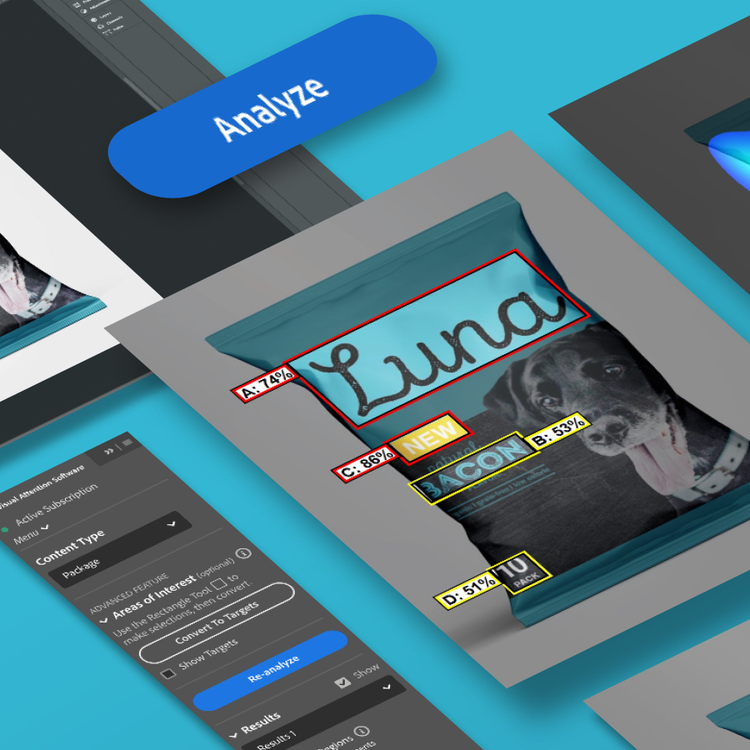Attracting pre-conscious attention — Design impact at first glance

You have 8 seconds (or less) to capture the average American’s attention and this time is ever decreasing. No matter how well-crafted your message, for it to inspire action it first must break through an ever-increasing amount of visual clutter. Our environments — both physical and digital — are becoming more complex and information dense. “Design is no longer about just about making compelling or visually beautiful content, in a world where everything is competing for attention you also have to design to stand out from the crowd” says Martine Sticha, 3M Brand Designer. In order to better know what captures attention, we need to dive into a little neuroscience and understand the workings of our human vision system. When you know that, you might design a little differently.
“Design is no longer about just about making compelling or visually beautiful content, in a world where everything is competing for attention you also have to design to stand out from the crowd”
Martine Sticha, 3M consumer brand designer
Neuroscientists have done amazing research which we can leverage on everything from the different stages of vision (pre-cognitive and cognitive), to the process of how our eyes move (fixations and saccades), to the fundamental building blocks of vision that we’re evolutionarily programmed to respond to. Combining this research with cutting-edge artificial intelligence allows for new understanding, and even modeling, of the human visual system.

Although vision to us feels like a single contiguous process, there are actually two very different phases: pre-cognitive and cognitive. Pre-cognitive vision occurs immediately when we are first exposed to new visual stimuli, whether loading a new webpage, focusing on a product at shelf, or even simply walking into a new room. This phase is predominant for the first 3-5 seconds which is why we call it “first glance vision.” As we start to better understand what we’re seeing, we move from a pre-cognitive to a cognitive process. These two phases are not binary — they overlap during the whole process. The time it takes for pre-cognitive processes to fade in importance varies with the complexity of and our familiarity with the visual stimuli, but generally after 5 seconds we are completely guiding our eyes cognitively.

Designing for the pre-cognitive and cognitive attention calls for two kinds of knowledge — what attracts attention and what is relevant. Designers are experts at creating for the conscious mind. “Designers know their target audience, they know their product, and they know design principles. What a designer does is pull these three things together to meet a goal,” states Sticha. Designers are masters at complex processes like understanding aesthetics and matching audience expectations to only the relevant information exactly where it is anticipated to be. These processes would be difficult or impossible for artificial intelligence.
“Designers know their target audience, they know their product, and they know design principles. What a designer does is pull these three things together to meet a goal,”
Martine Sticha, 3M consumer brand designer
If half of the 8 seconds you have to grab an audience’s attention is spent in this pre-cognitive phase, understanding pre-conscious, or first-glance, vision becomes an essential part of effective design. This is a challenge that cannot be ignored — a design must break through the visual clutter of the pre-cognitive process and be noticed before processed consciously.
By definition, pre-cognitive processes are difficult to predict. They happen without us even noticing, making them exceedingly tough to design for. In the pre-cognitive phase, our subconscious is desperately scrambling to process an overload of visual data. Our eyes move so quickly and automatically, jumping from fixation to fixation — in an average of 200 milliseconds each — it’s impossible to consciously anticipate. Also, we don’t see everything we think we see. With each fixation, we can only see about 2 degrees in color and full definition. At the end of the pre-conscious phase our brain stiches together each of those little 2 degree cuts, fills in the blanks with what we expect to see, and report an entire image to our conscious minds as if we saw everything. This makes it easy to miss seeing something entirely if it doesn’t capture the attention of our fickle pre-conscious minds.

Thankfully, the elements that do attract pre-conscious attention are well understood. There are 5 fundamental elements that guide our eyes through the visual. These building blocks of vision are Edges, Intensity, Red-Green Contrast, Blue-Yellow Contrast, and Faces. Edges includes elements like text and edges of objects. Intensity can also be defined as brightness contrast or luminance contrast. The division of red-green and blue-yellow color contrast has a biological basis, as these are the types of cones we have in our eyes. Similarly, we evolutionarily respond to the last of these visual elements — faces.

The biological shortcuts of first-glance vision are universal regardless of age, gender or culture and therefore each of these visual elements — along with the complex interactions between them — can be modeled with artificial intelligence. 3M has combined expertise in artificial intelligence with over 60 years of vision science research. 3M — perhaps best known for adhesives and Post-it® notes — seems an unlikely employer for neuroscientists but the explanation stems from products engineered for road safety. 3M manufactures retroreflective road signs, safety vests, and other ScotchLite™ products — all of which absolutely need to be noticed at first glance. For a long time, the focus was on continuously improving the brightness of these products, but the scientists at 3M eventually noticed diminishing returns. If brightness alone didn’t capture attention, what did? In response to this need, they developed artificial intelligence that simulated first-glance vision initially as an internal tool. This artificial intelligence has further been expanded, tweaked, and refined and is now available as Visual Attention Software (VAS).

Artificial intelligence, like 3M VAS, can aid the creative community as well — to model the simpler but more deeply buried subconscious processes that are hard or impossible for us to understand cognitively. Humans can design for the conscious mind using high-level and complex concepts that artificial intelligence struggles to grasp, such as empathy and aesthetics. AI can report back to the designer, what are the visual elements within the work that can be manipulated to increase first-glance attraction to important areas and perhaps diminish the prominence of other areas to shift attention. This represents a new way of working, where humans equipped with AI can do more than either alone. The unique strengths of both can be celebrated and featured.

This article is an op-ed from 3M, an Adobe MAX 2021 sponsor.